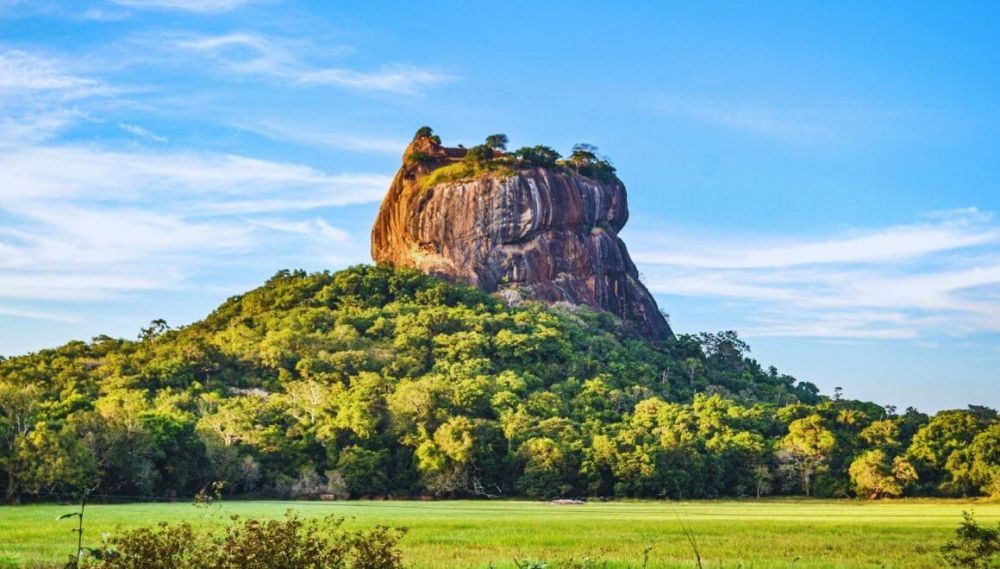

Sigiriya Rock Fortress, located in the central Matale District near the town of Dambulla in the Central Province, Sri Lanka, is one of the most valuable historical monuments of Sri Lankan heritage. Known as the 'Lion Rock' due to the massive lion gateway that once stood at the entrance, the site is recognized by UNESCO as a World Heritage Site and is one of the best-preserved examples of ancient urban planning.
Sigiriya's significance as a tourist destination has historical roots that stretch back to the reign of King Kasyapa (477 – 495 CE). The site was originally selected by the king for its strategic advantages, natural beauty, and as a palace complex. The most striking feature, the rock fortress itself, is an ancient citadel that rises dramatically 200 meters above the surrounding plains.
Archaeological studies and restoration work began in the late 19th and early 20th centuries, which slowly brought Sigiriya into the limelight. The site gained widespread international attention in the 1980s following its designation as a World Heritage Site. Since then, tourism at Sigiriya Rock Fortress has grown exponentially.
Visitors to Sigiriya can explore the palace ruins at the summit, admire the renowned frescoes mid-way up the rock face, and marvel at the landscaped gardens, which are among the oldest in the world. The Mirror Wall, once polished so that the king could see his reflection, is now a significant feature, covered with inscriptions and poems dating from the 8th century. Tourists can also visit the museum at the base of the rock to learn about the history and archaeological findings related to Sigiriistas.
In recent years, ecotourism and sustainable practices have been increasingly integrated into the visitor experience at Sigiriya. Efforts are being made to preserve the site's integrity while accommodating the rising numbers of tourists. The introduction of guided tours, heritage interpretation centers, and visitor management systems ensures that tourists have educational and enjoyable visits without causing harm to this precious monument.
Adventure tourism has also become popular around Sigiriya, with tourists often combining their visit to the rock fortress with hot air balloon rides, wildlife safaris in the nearby national parks, and trekking in the surrounding forests.
Moreover, the rise of digital and social media has meant that awareness of Sigiriya has spread far and wide, leading to a diverse international audience. This has resulted in infrastructure development such as better accommodations, transportation linkages, and tourist facilities to cater to an eclectic crowd.
Sri Lanka's government and various international organizations are continually working towards the conservation of Sigiriya Rock Fortress. With the balance between tourism growth and heritage conservation in mind, future tourism development plans are directed towards creating sustainable visitor experiences that preserve Sigiriya's cultural, historical, and environmental heritage for future generations.
In conclusion, Sigiriya Rock Fortress remains a testament to Sri Lanka's rich history and cultural magnificence. It is not just a tourist attraction but an educational portal into the country's storied past and an enduring symbol of the ingenuity and spirit of the Sri Lankan people.